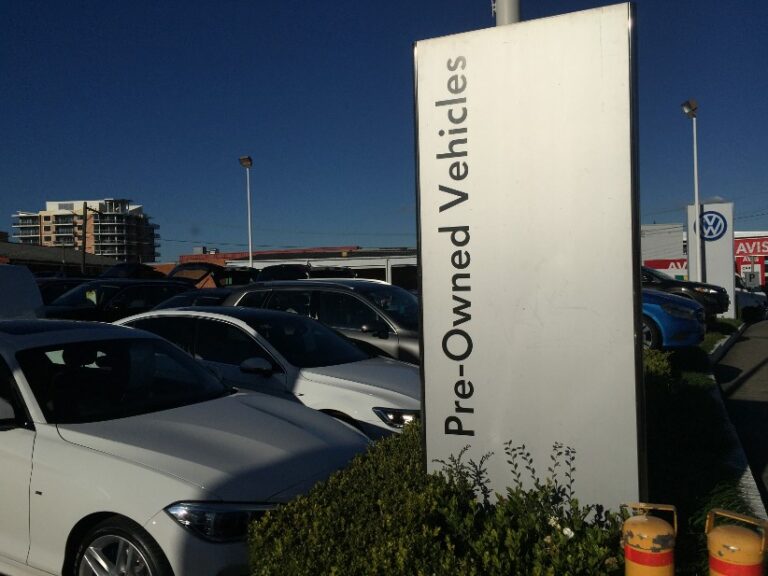– By Marc Sibbald –
It’s a nightmare for Fleet Managers – how much is a vehicle worth when there’s no one willing to buy it? That’s the current situation at auction venues as reported by Brendon Green, General Manager Motor Vehicles at Pickles Auctions via LinkedIn.
Over the last few years the quarterly reports from Pickles have reflected a good market (with the normal seasonal variances) for ex-fleet vehicles with strong prices and fast sales because of the lack of good quality stock. Several factors including declining new cars sales and lease terms creeping from three to five years, which allow companies to reduce costs and increase asset utilisation, have limited the number and variety of second hand vehicles.
The current dilemma for all asset managers is how long to hold on to the vehicles while waiting for the market to recover. The answer could be 12 months as the market heads into the seasonal low post Easter and the impact of COVID-19 job losses with lockdowns also keeping used car buyers away from car yards.
When I started in the used car market just prior to the GFC, I was told by the ‘old guy in the corner’ that the “first price is always the best price”. And then six months later we were wholesaling the vehicles coming off lease at massive losses just to move them and make room for the next batch coming the following month.
You can work with your Finance team and wait until the depreciated value drops below the new market price which may make the books look better. But it doesn’t change the philosophy that – the first price is always the best price.
Pickles also indicated that Fleet Management Organisations (FMOs) haven’t dropped their reserve prices yet. They are watching the market (probably weren’t around to remember the GFC market conditions and working on the hope plan) and using the Fixed Price model which does traditionally return higher prices for FMOs but the volumes are lower compared to the auction lanes. And according to Green, the stock being held is rising due to the lower clearance rates.
The listed FMOs are the ones to watch. Their shareholders won’t like them taking massive hits on their operating lease portfolios for extended periods. A drop of $2,000 per vehicle on sales of 500 vehicles a month can start to add up after several months. Combine this with a decline in new lease volumes because customers are reducing staff and vehicles due to the COVID-19 pandemic, and a lack of enquiry on novated leases due to poor consumer confidence, and the second half earnings will look a bit ordinary.






